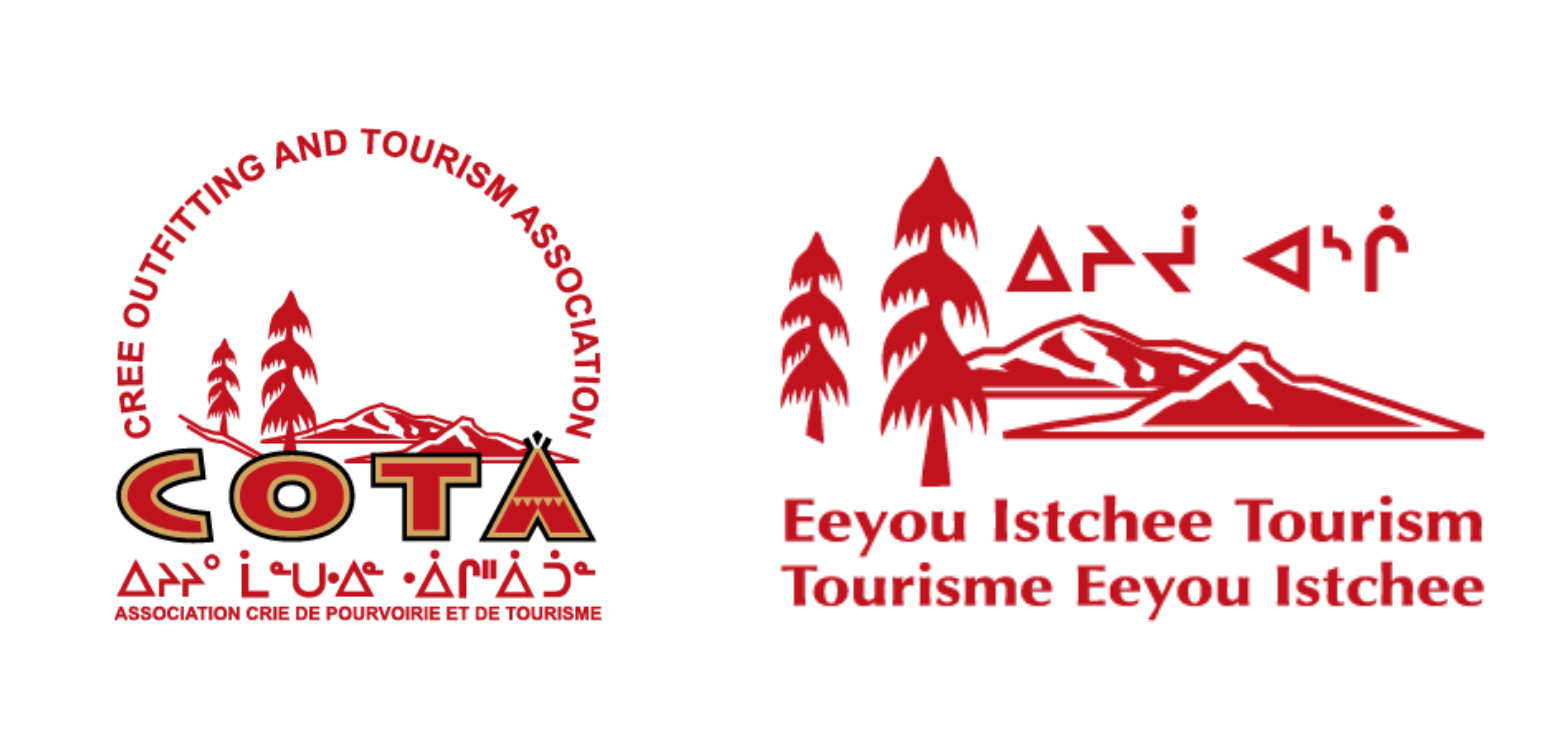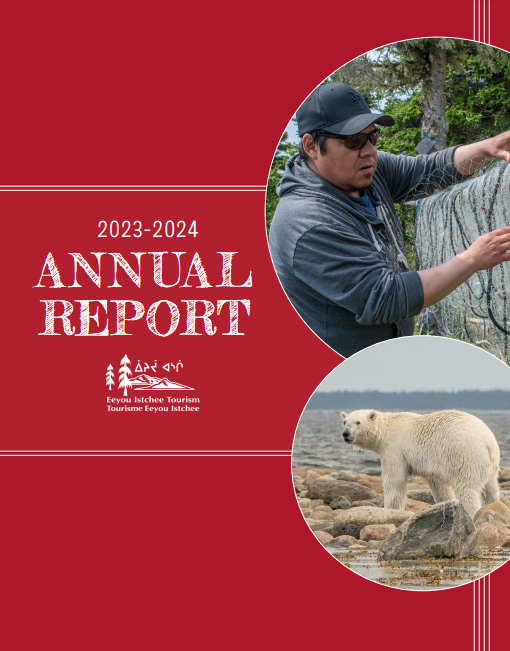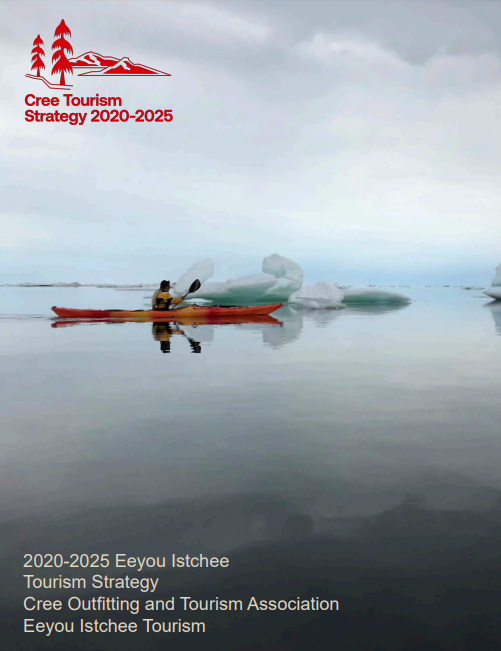About Eeyou Istchee Tourism (EIT)
Who We Are
On August 15, 2007, the Government of Québec granted Regional Tourism Association (RTA) status to the Cree Outfitting and Tourism Association (COTA).
Due to key differences between COTA’s mandate under the JBNQA and the role of an RTA as defined by the Government of Québec, a decision was made to create a separate organization to fulfill the role of an RTA: Eeyou Istchee Tourism (EIT).
What We Do
As a Regional Tourism Association, EIT:
- Markets our region and tourism operators;
- Supports the development of a regional tourism offer;
- Makes tourism information more readily available, and;
- Works with other RTAs to shape Quebec’s tourism policy.

Our Objectives
Position and promote Eeyou Istchee Baie-James as an appealing destination for cultural, adventure, and eco-tourism as well as outfitter services
Support the development of marketable tourism products and upgrade existing products so as to grow the regional economy
Enhance regional tourism infrastructure by making information on tourism products and services easily accessible
Ensure the regional tourism sector embraces sustainable development principles, provides benefits to youth and Elders, and bolsters the region’s cultural vibrancy
Annual Reports
Use the links below to download our annual reports. To request older annual reports, please contact us.
Board of Directors
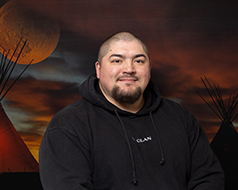
Mr. Edward Bearskin
President / Chisasibi Representative
Chisasibi, Qc J0M 1W0
tel: 819-855-2878 ext.502
cell: 873-365-0312

Ms. Irene Otter
Vice-President / Waswanipi Representative
Chisasibi, Qc J0M 1W0
tel: 819-855-2878 ext.502
cell: 873-365-0312

Mr. Stanley Shashaweskum
Wemindji Representative
Wemindji, Qc J0M 1L0
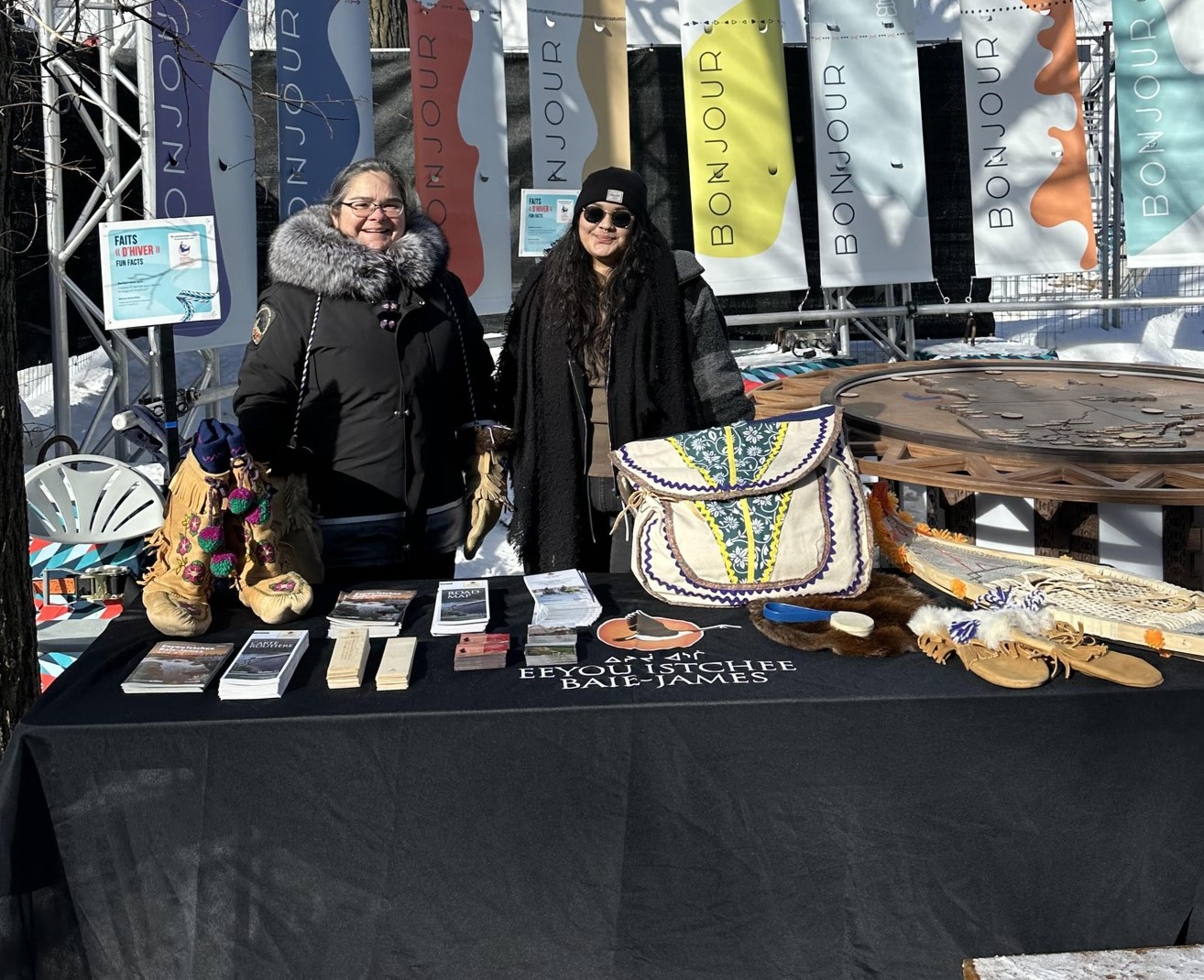
About the EIT Team
Our staff works hand-in-hand with COTA and Tourisme Baie-James to fulfill the responsibilities of an RTA, serving our members and communities so our Cree tourism industry can thrive.
Regional Tourism Strategy
The 2020-2025 Eeyou Istchee Tourism Strategy was created in consultation with Cree communities, entities, partners and stakeholders. Through our six (6) strategic goals and 44 priority actions, the strategy clarifies our plans to make progress in the areas of access, product development, training, marketing, and communications.
Work on our next Regional Tourism Strategy is underway! Click here for more information and to participate in our consultations.
